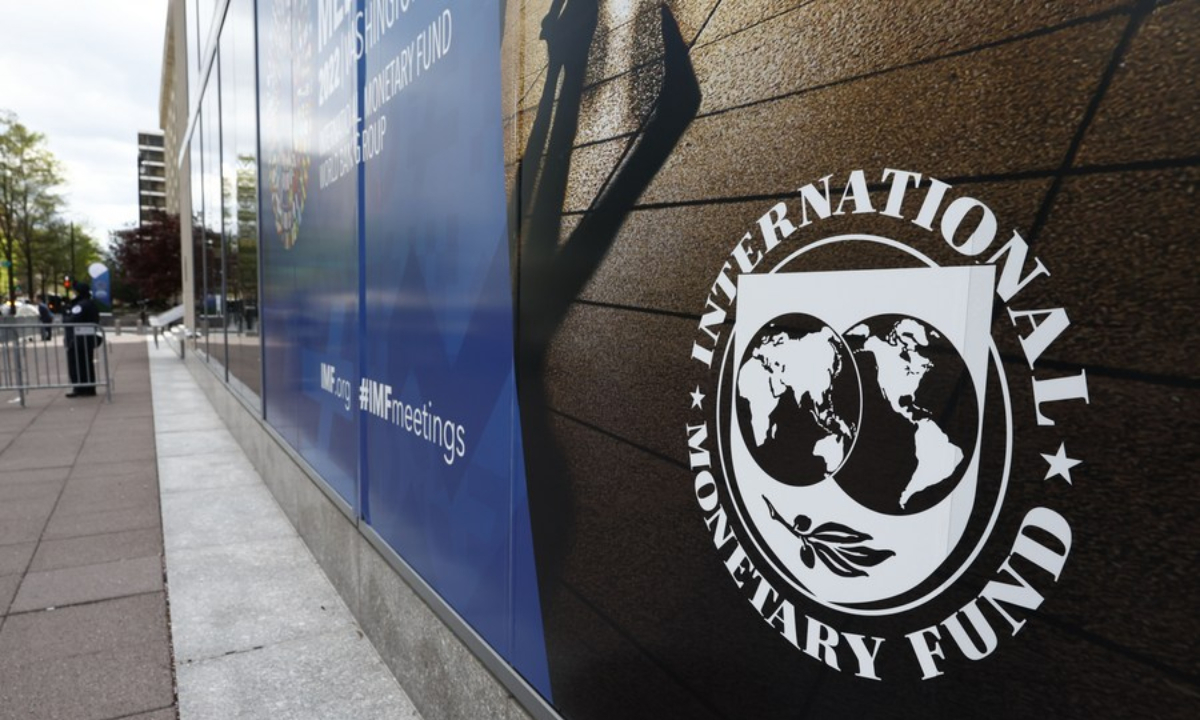Corporate Governance: Meeting Stakeholder Needs or Risking Oversight?

The recent announcements regarding corporate governance changes within the company represent a pivotal moment in its journey towards enhanced accountability and operational efficiency. The decision to eliminate the supervisory board and consolidate its responsibilities into an audit committee is significant, as it reflects a broader trend among companies to streamline governance structures in response to evolving regulatory environments and stakeholder expectations. This shift not only aims to align with the updated Company Law of the People's Republic of China but also underscores a renewed focus on creating a robust framework for oversight in a rapidly changing market landscape.
Historically, such governance transformations are not unprecedented. In the aftermath of the 2008 financial crisis, many companies re-evaluated their governance structures to restore investor confidence, often leading to the simplification of board structures and enhanced oversight mechanisms. The current move mirrors that sentiment, suggesting that the company recognizes the need for more agile decision-making processes while maintaining strict compliance with regulatory demands. However, it's also critical to view this change through a lens of potential risk: the consolidation of oversight into a smaller committee could inadvertently lead to reduced scrutiny, which raises questions about the robustness of checks and balances within the organization.
Moreover, the amendments to the corporate charter that include provisions for specialized committees and independent directors signify an ongoing commitment to fostering a culture of transparency and accountability. Independent directors, in particular, play a crucial role in safeguarding minority shareholders' interests and ensuring that corporate strategies are aligned with stakeholder value creation. Yet, one must consider: can a singular audit committee suffice in managing the diverse and complex financial oversight responsibilities typically dispersed among various committee structures? As the company prepares for shareholder ratification of these changes, it will be imperative to ensure that adequate mechanisms are in place to monitor emerging risks effectively, particularly in light of the competitive pressures within the automotive sector and the growing demand for new technologies.
In conclusion, while the proposed governance changes position the company favorably for future adaptability and regulatory compliance, they are not without their challenges. The reliance on an audit committee to oversee critical functions previously managed across a broader board spectrum raises pertinent questions regarding governance integrity. This transformation presents opportunities for institutional investors to evaluate the company based on its commitment to transparency and engagement with shareholders. However, vigilance is required to safeguard against potential oversight pitfalls inherent in such structural shifts. As the company navigates this critical juncture, it will be essential for investors, regulators, and corporate leaders alike to work collaboratively in fostering a governance framework that not only meets regulatory standards but also strategically positions the company for sustainable growth in a dynamic market environment.
Read These Next

IMF Forecasts Global Growth of 3.0 in 2025 and 3.1 in 2026
IMF forecasts global growth at 3.0% for 2025 and 3.1% for 2026, citing improved finances and lower tariffs amid trade tensions.

Balanced Cash Management Strategy at Shanghai Nanchip
Shanghai Nanchip Semiconductor Technology Co., Ltd. has implemented a cash management initiative utilizing RMB 1.5 billion of idle funds to enhance asset returns while ensuring operational liquidity. The board's approval indicates strong governance support, reflecting a proactive approach amid existing market risks.

US Imposes 50 Percent Tariffs on Copper Products Impact on China
US 50% tariffs on copper may minimally impact China, raising concerns about global trade, supply chains, and price fluctuations.
